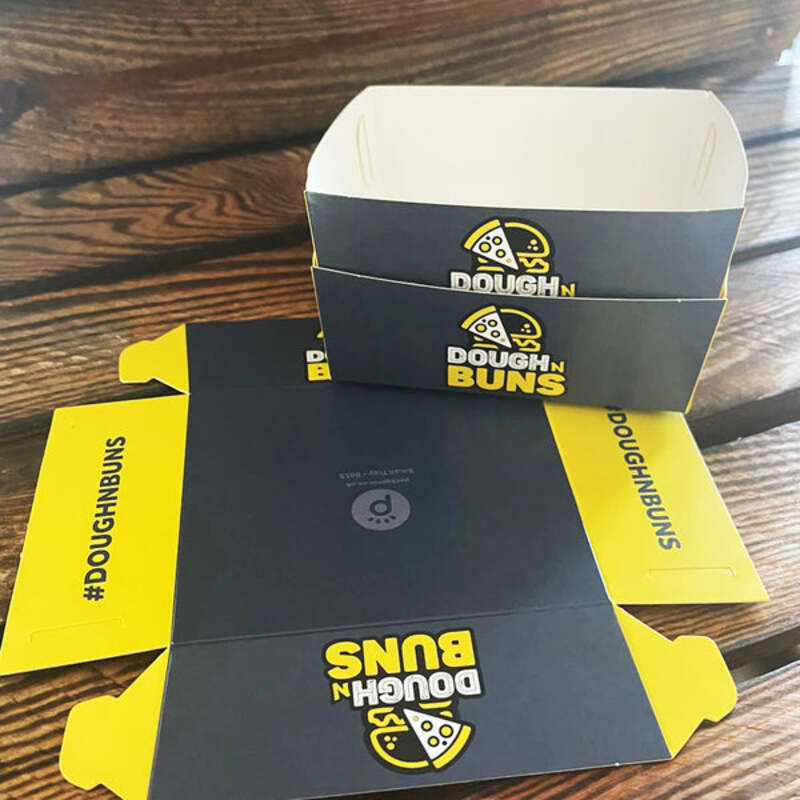The Intriguing World of Pizza Boxes More Than Just a Container
When we think of pizza, our minds often drift to the tantalizing aroma, the delicious blend of cheese, sauce, and toppings, or the joy of sharing a slice with friends and family. However, there's an unsung hero in this culinary experience that deserves just as much recognition—the pizza box. This seemingly simple container plays a significant role in our pizza enjoyment, influencing not just the delivery process but also the overall experience of savoring this beloved dish.
The Evolution of the Pizza Box
The journey of the pizza box began in the early 20th century when pizzas started becoming popular in the United States, primarily due to the influx of Italian immigrants. Initially, pizzas were often delivered in plain, unmarked cartons or paper. It wasn't until the 1960s that the modern pizza box we recognize today began to take shape. The introduction of corrugated cardboard was revolutionary. This material offered better insulation, which helped maintain the pizza's temperature during transportation, and its lightweight nature made it easy to handle.
The typical pizza box is designed not just for functionality but also for aesthetics. Many pizzerias now customize their boxes with colorful graphics, logos, and branding messages. These boxes serve as a mobile advertisement, showcasing the pizzeria’s identity while also piquing the interest of potential customers. Each box becomes a canvas for creativity, often featuring enticing images of delicious pizzas that can entice even the most hesitant passerby.
Environmental Considerations
As the popularity of pizza continues to soar, there has been an increasing focus on the environmental impact of pizza boxes. Traditionally made from cardboard, most pizza boxes are recyclable. However, if contaminated with grease or food residue, they are often deemed non-recyclable, unfortunately ending up in landfills. This has sparked discussions among both consumers and restaurants about sustainability.
pizza boxes

Many pizzerias are now adopting eco-friendly practices, such as using biodegradable or compostable pizza boxes. Some innovators have even developed pizza boxes that can be transformed into serving plates or shaped to hold leftover slices without the need for additional packaging. These advances not only help reduce waste but also enhance the consumer experience by providing multifunctional uses.
Cultural Significance
Beyond their practical uses, pizza boxes carry cultural significance in many parts of the world. In Italy, where pizza originated, the experience of enjoying pizza is often accompanied by traditions unique to each region. Restaurants may serve pizza directly on wooden boards or metal trays, avoiding the need for a takeaway box altogether. However, as pizza becomes more globalized, the takeout experience has gained momentum, with the pizza box becoming a familiar sight in numerous cultures.
In recent years, pizza boxes have even crossed into the realm of social media and viral marketing. Food enthusiasts proudly share pictures of their pizza box deliveries on platforms like Instagram, highlighting the design and branding associated with their favorite pizzerias. This has created a community where pizza lovers can celebrate their shared passion, leading to memes, discussions, and even contests centered around the most creative boxer packaging.
Conclusion
In conclusion, while pizza is undoubtedly the star of the show, the humble pizza box plays an essential supporting role in this gastronomic delight. More than just a vessel for transporting food, pizza boxes are a product of design innovation, sustainability efforts, and cultural significance. As our appreciation for pizza continues to grow, so too does our understanding of the importance of its packaging. The next time you indulge in a slice of pizza, take a moment to appreciate the journey of the box that holds it—the unsung hero of the pizza world.



